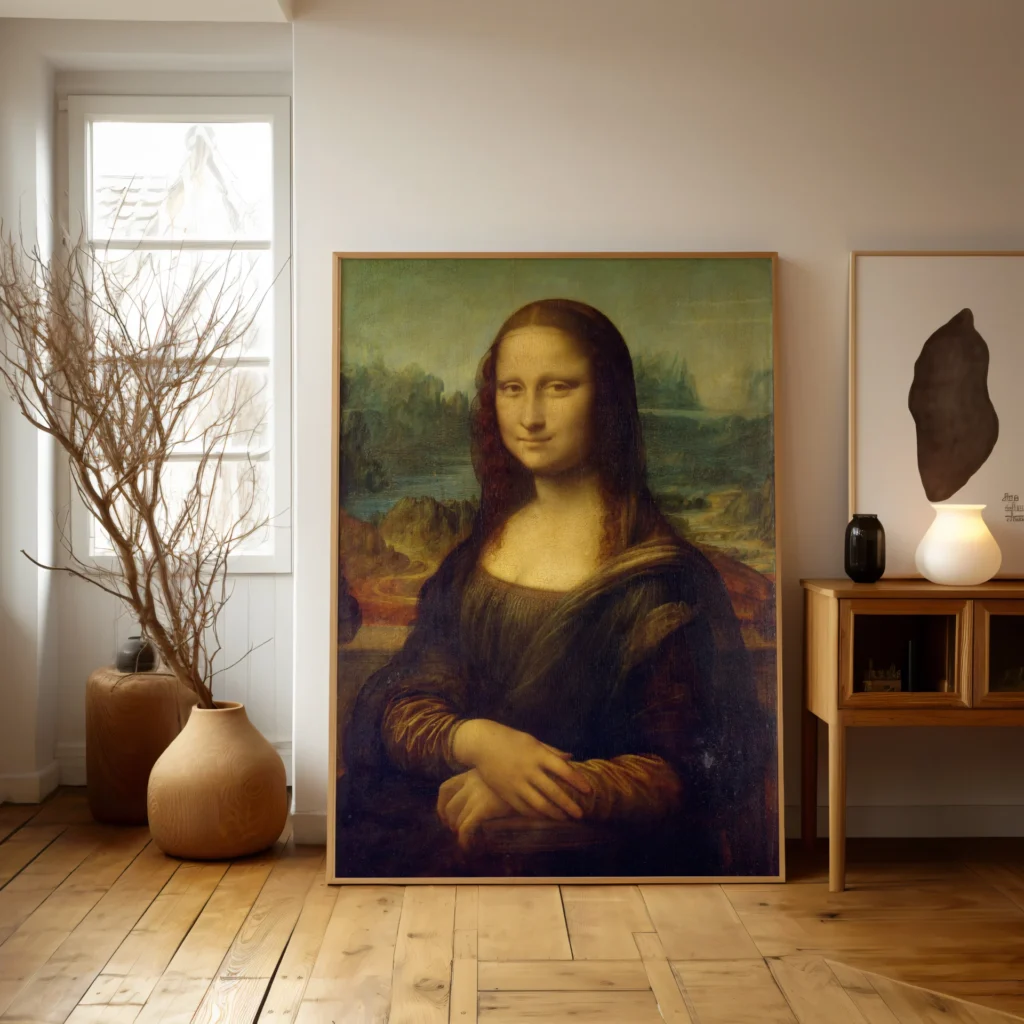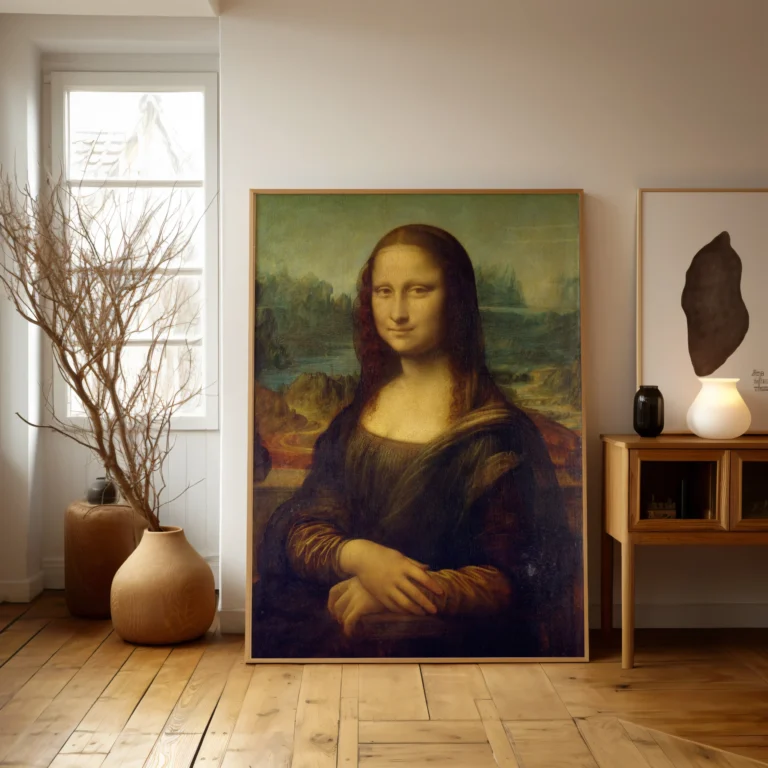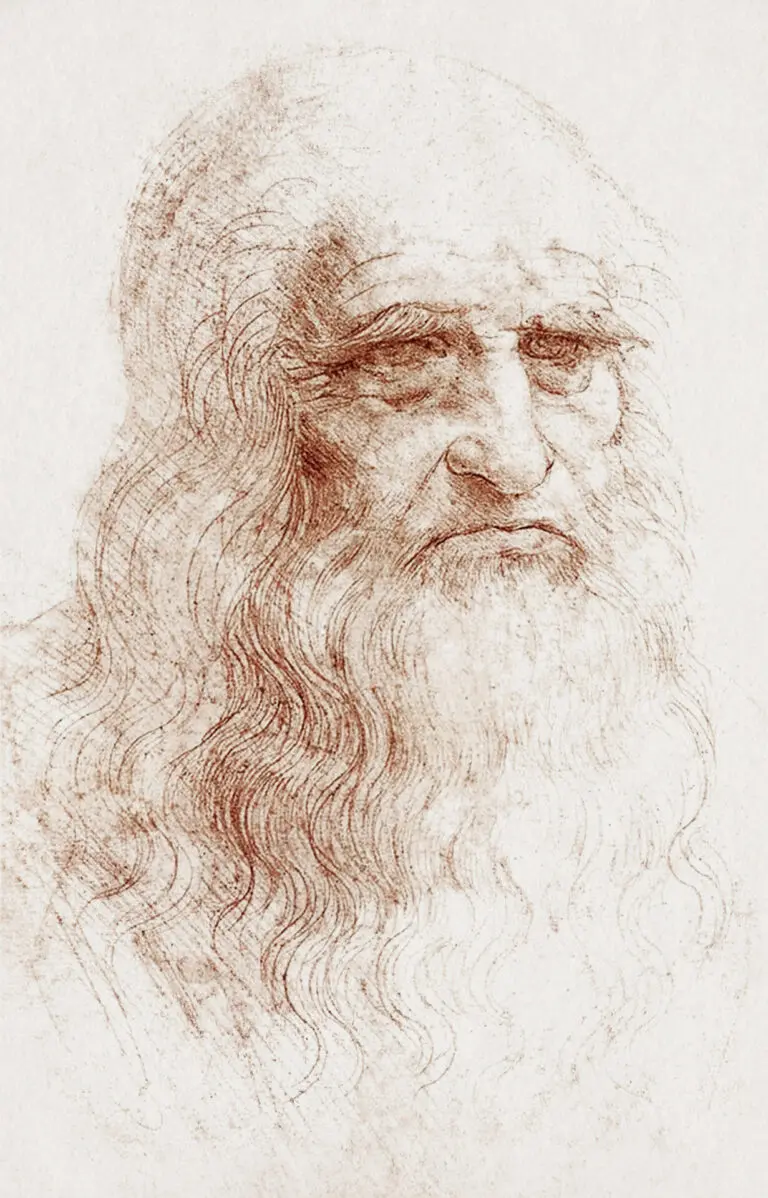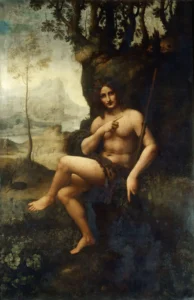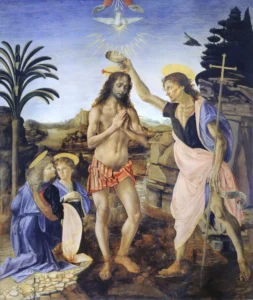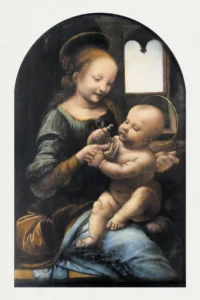Mona Lisa (1503–1506)
The Mona Lisa is arguably the most famous painting in the world, created by Leonardo da Vinci in the early 16th century. This half-length portrait depicts a woman, believed to be Lisa del Giocondo, with a mysterious smile that captivates audiences. The painting's subtle modeling and atmospheric perspective, achieved through da Vinci's masterful use of sfumato, set new standards in portraiture. Set against a serene landscape, the Mona Lisa has become a symbol of artistic brilliance.
1503 - 1506
About the Artwork
Painted between 1503 and 1506, the Mona Lisa is shrouded in mystery and speculation. The private nature of the painting is reflected in its model, widely believed to be Lisa del Giocondo, yet alternate theories suggest she could be a representation of Leonardo himself. Leonardo took the painting with him to France, where it became part of King Francis I's collection after the artist's death in 1519. Its journey through French history, including theft and recovery, has only solidified its status as a cultural icon.
Did You Know
Liked what you see? Add it to your collection.
Enjoyed reading? Share it.
... continued
Creation and Dates
The Mona Lisa is believed to have been painted between 1503 and 1506, although Leonardo da Vinci may have continued working on it until as late as 1517.
Subject and Identity
The painting is widely considered to be a portrait of Lisa del Giocondo (née Gherardini), the wife of Francesco del Giocondo, a wealthy Florentine merchant. This identification was first suggested by the artist biographer Giorgio Vasari in 1550. However, the subject's identity has not been definitively proven, and other theories, including that the model could be Leonardo's mother or even a self-portrait of Leonardo disguised as a woman, have been proposed.
Technique and Style
The Mona Lisa is painted in oil on a white poplar panel and measures 77 cm × 53 cm (30 in × 21 in). It is notable for its use of sfumato, a technique that creates a soft, hazy effect by layering thin glazes of paint. This technique gives the painting its characteristic subtle modeling of forms and atmospheric illusionism. The three-quarter view of the subject, with the face nearly frontal and the shoulders turned towards the viewer, was innovative for its time and influenced future portrait painting.
Composition and Details
The painting features a half-length portrait of the subject set against a distant landscape. The background includes valleys and rivers, and the subject's hair and clothing are rendered in intricate detail. The enigmatic smile of the subject is one of the painting's most famous aspects and has been the subject of much speculation and interpretation.
History and Ownership
Leonardo da Vinci never delivered the painting to the Giocondo family. Instead, he took it with him when he moved to France to work for King Francis I, who acquired the painting after Leonardo's death in 1519. The Mona Lisa became part of the French royal collection and was later moved to the Louvre Museum during the French Revolution. It has been on display at the Louvre since 1797, except for a brief period when it was stolen in 1911 and recovered in 1914.
Cultural Impact
The Mona Lisa is widely regarded as the most famous painting in the world, known for its mysterious smile and the sense of harmony between the subject and the landscape. It has inspired countless works of art, literature, and music, and its fame was significantly boosted by the 1911 theft and subsequent recovery.




